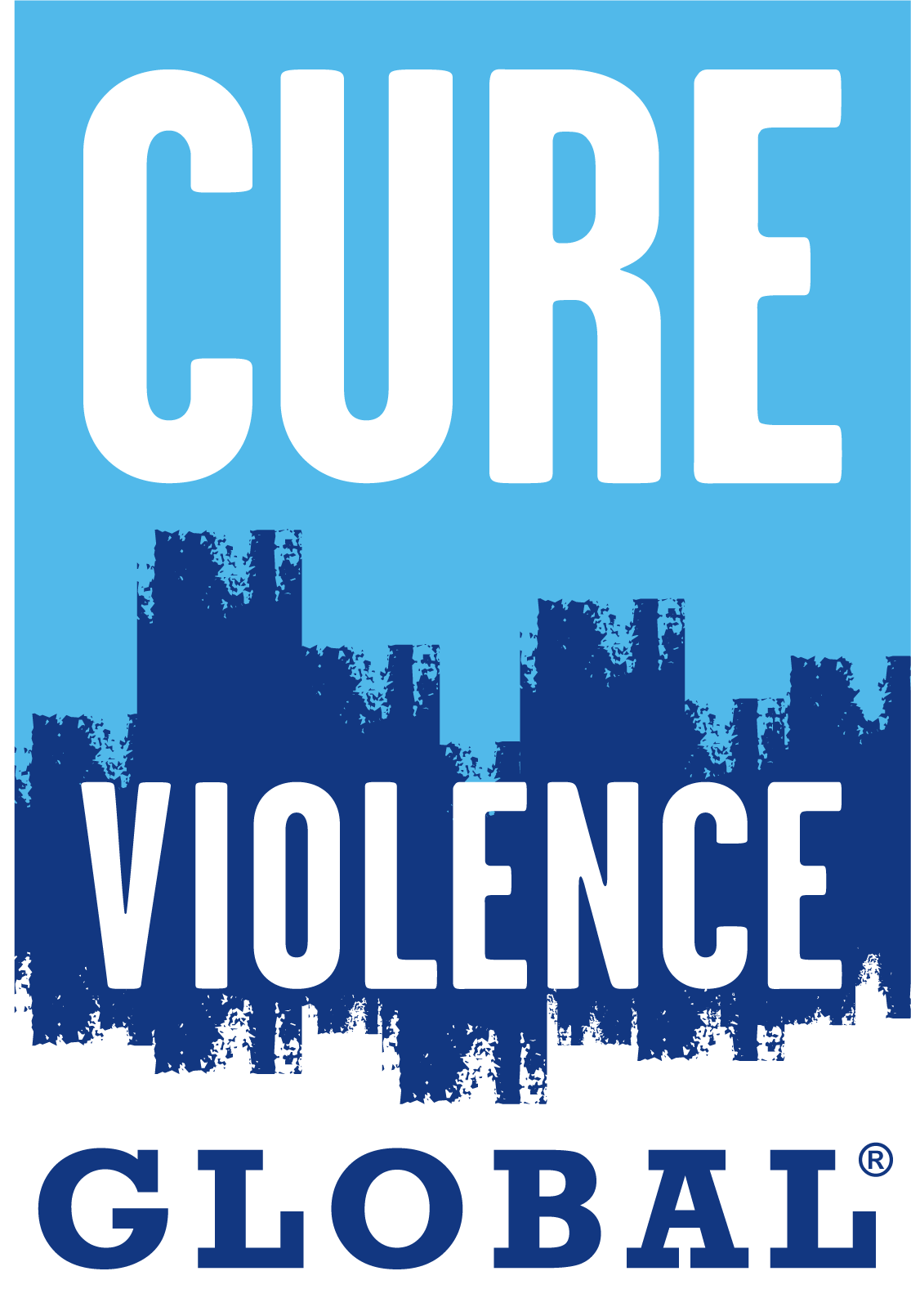While it may not seem obvious, the media plays a crucial role in mitigating the spread of violence. Publicly available descriptors, images, and videos all impact community thinking around the acceptability of the use of violence. Fortunately, more journalists are recognizing how exposure to violence through their articles can negatively impact their readers.
In partnership with the Jewish Community Relations Council of Greater Arizona (JCRC) and Arizona State University’s Public Safety Innovation Lab, Cure Violence Global (CVG) ran a virtual training for journalists in Phoenix on best practices for covering an upcoming National Socialist Movement Rally that was scheduled for April 17. The goal of the training was to help the media understand how to cover an event that has the potential to escalate tensions without increasing the risks for violence. Dr. Gary Slutkin shared with participants the main principles of CVG’s health approach to treating violence and discussed the media’s role in stopping the spread. CVG research consultant Cassandra Paschall shared safety tips for covering the rally and protecting themselves on the ground and online.
Participants were very engaged during the training and it was well received by those who attended. One participant shared positive feedback after the event, saying,
“I hope to continue having dialogues about how to best address hate in our communities going forward and how to minimize its impact, while also finding ways to shine a light on it at the same time. Thanks for your part in helping me do that.”
Cure Violence previously provided training for journalists with the Association of Health Care Journalists, APHA, and the Prevention Institute. Additionally, CVG has provided trainings for frontline staff on how to talk with the media.


